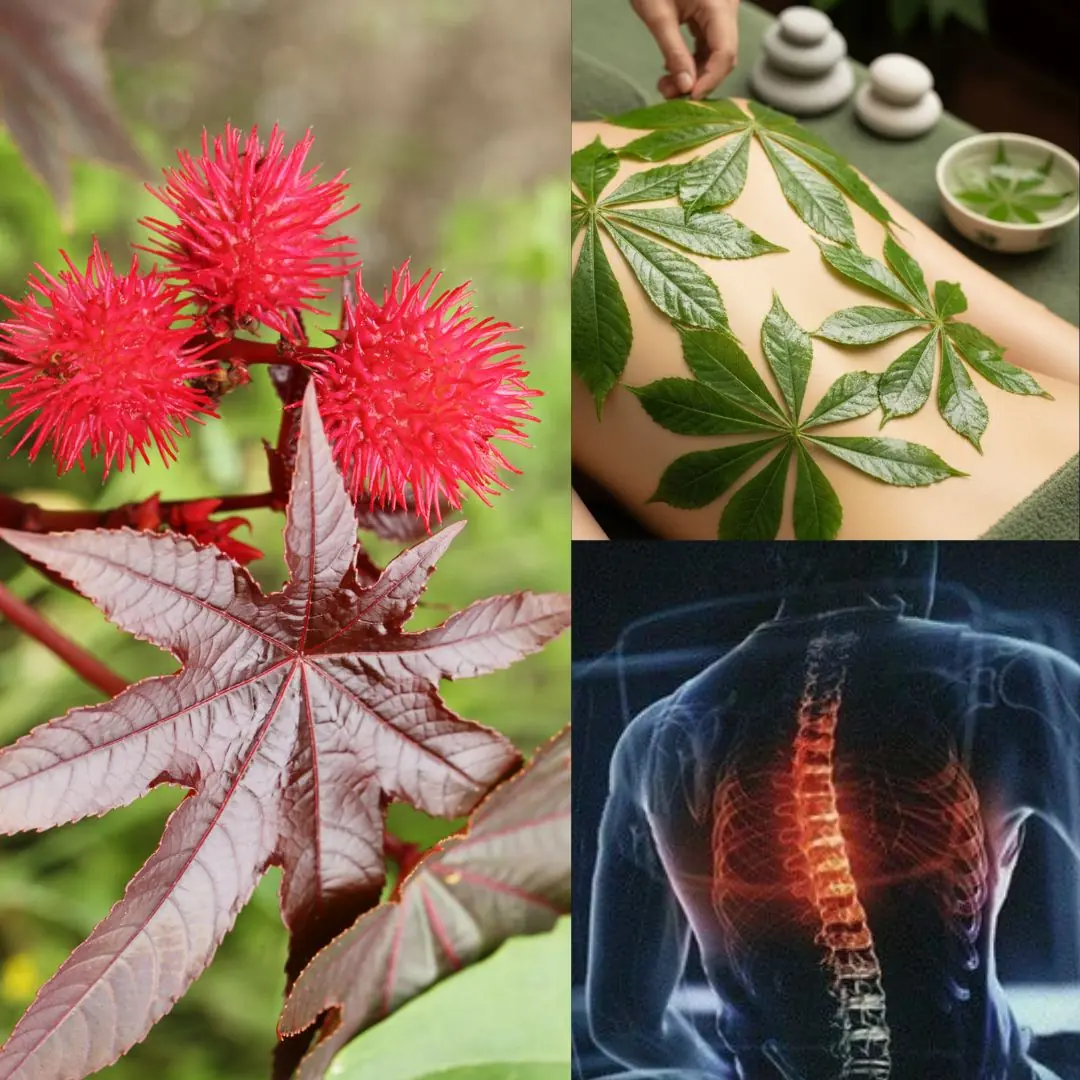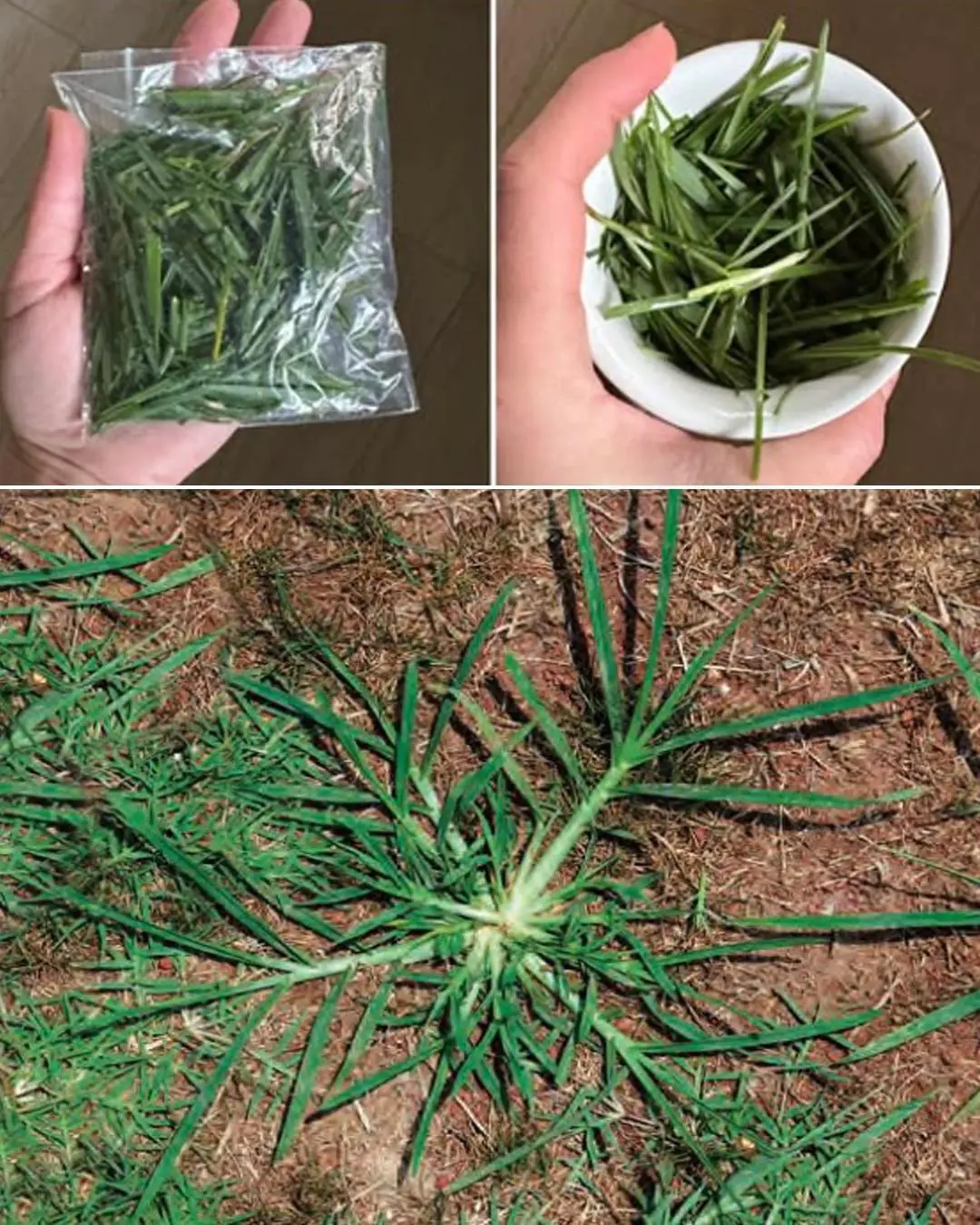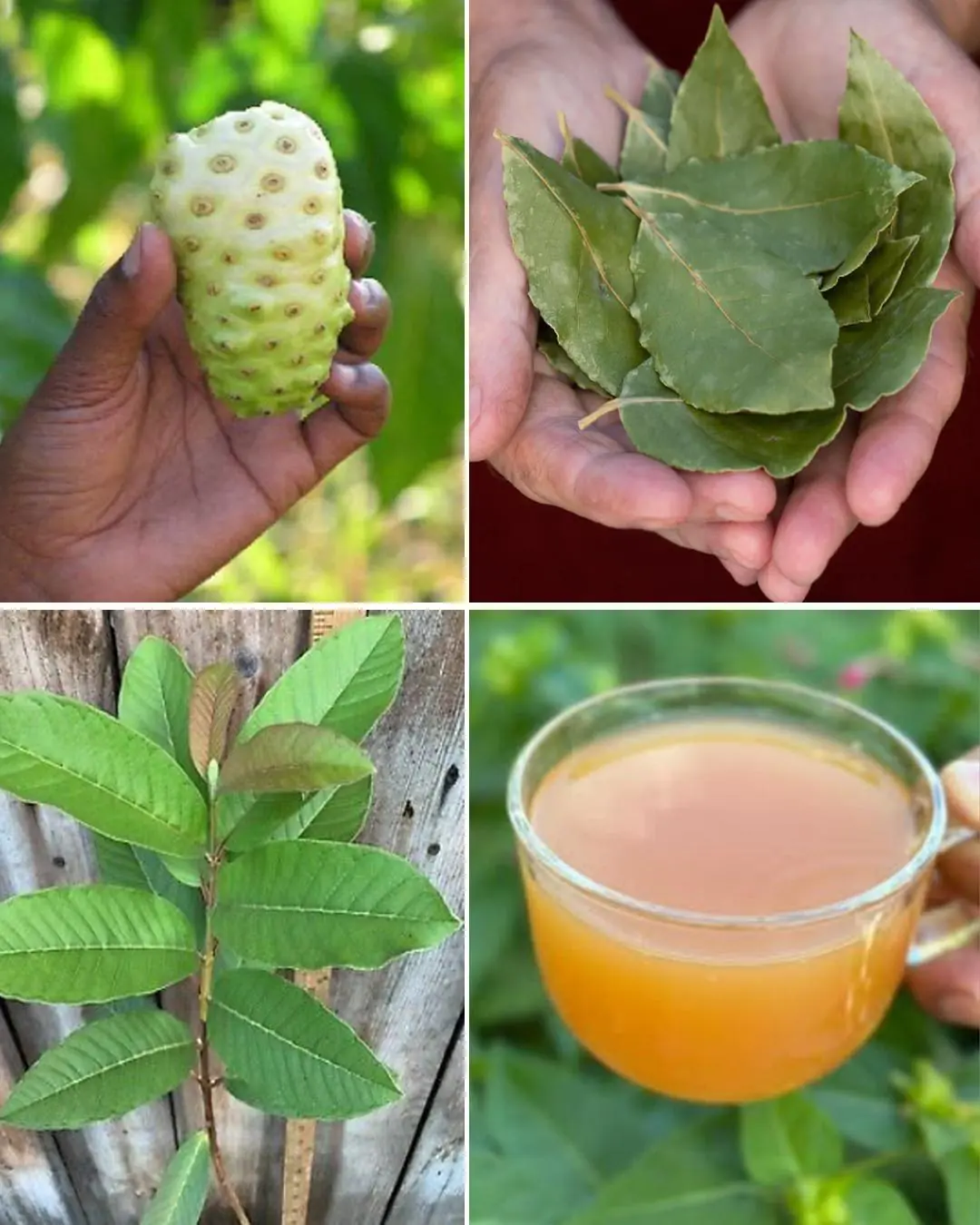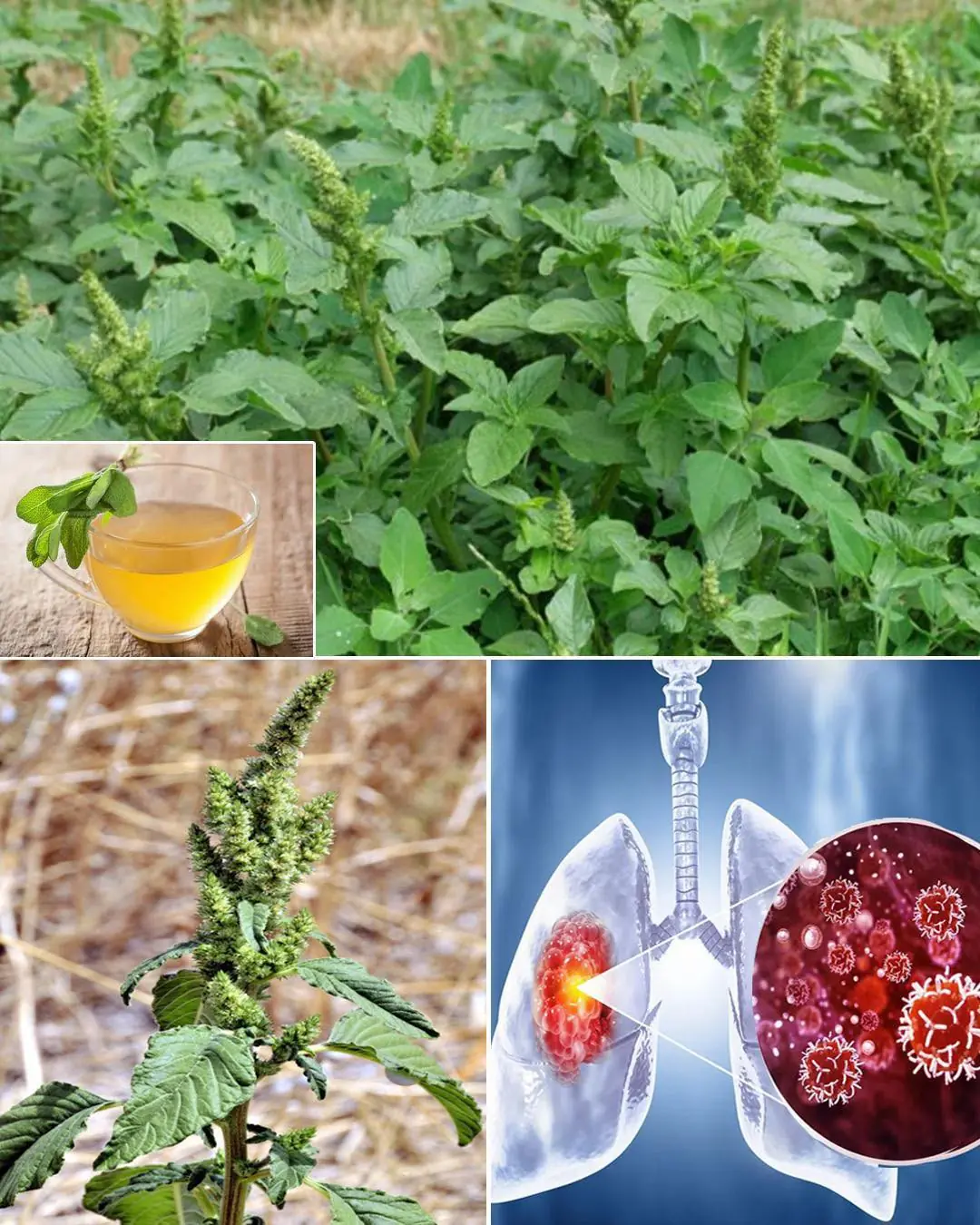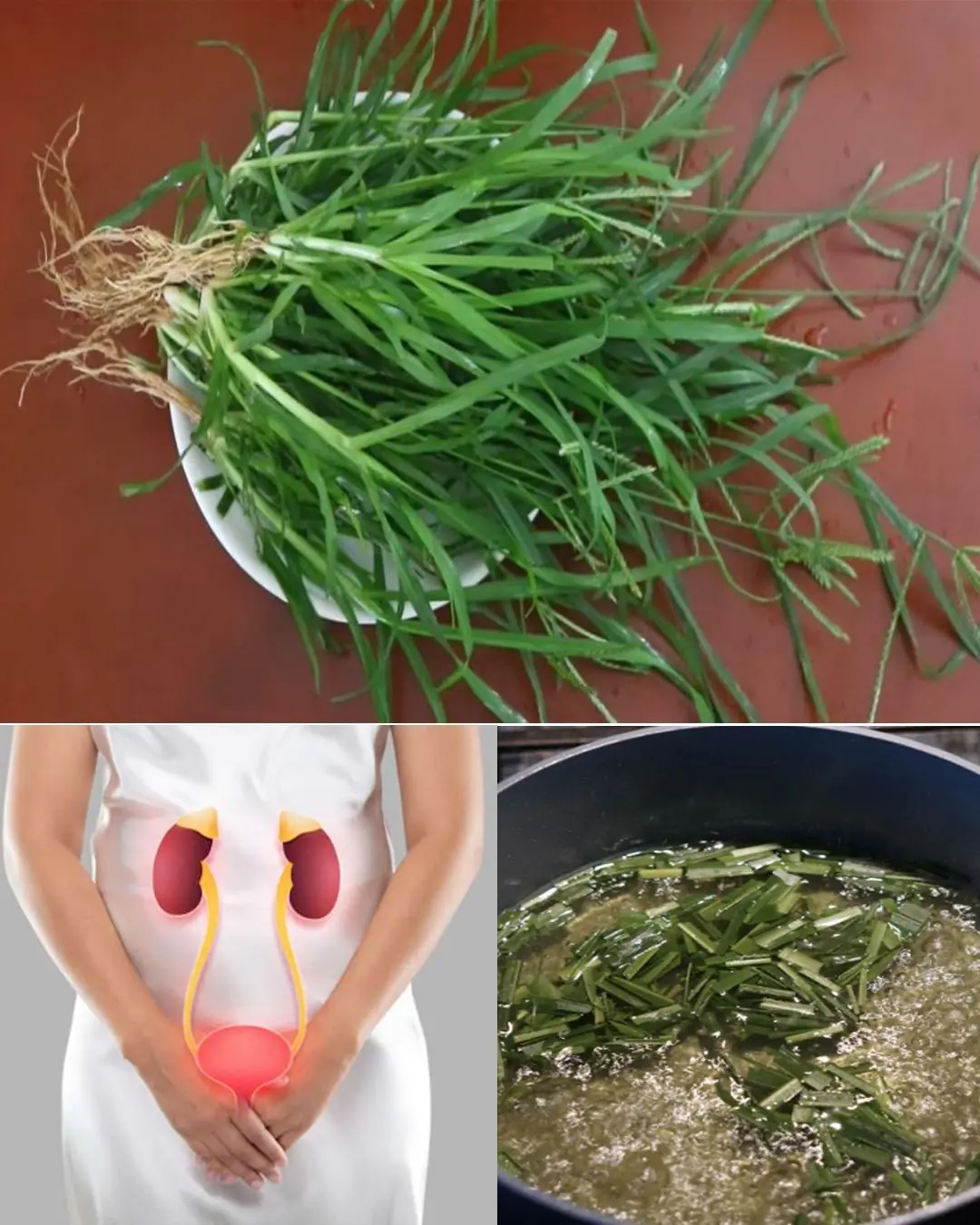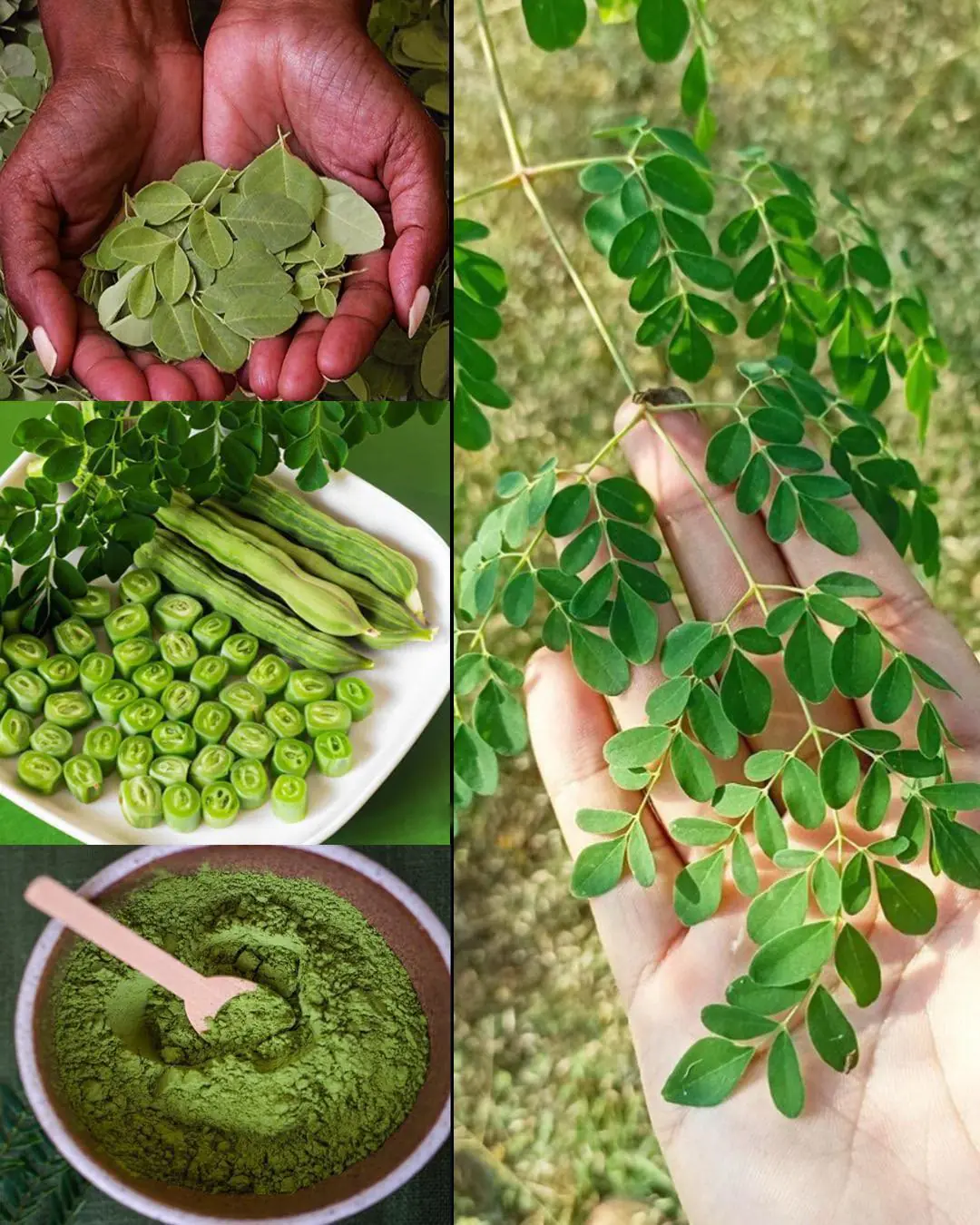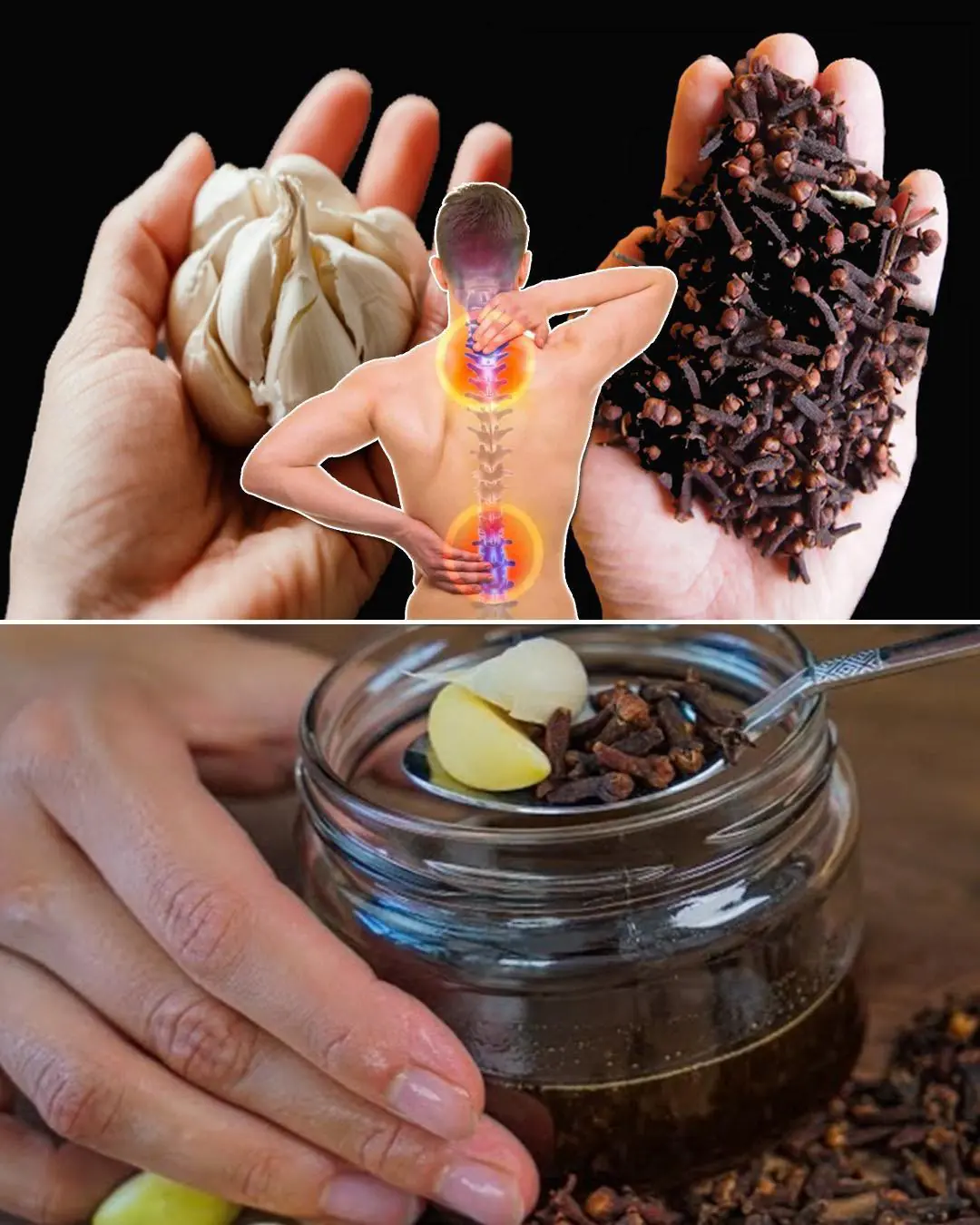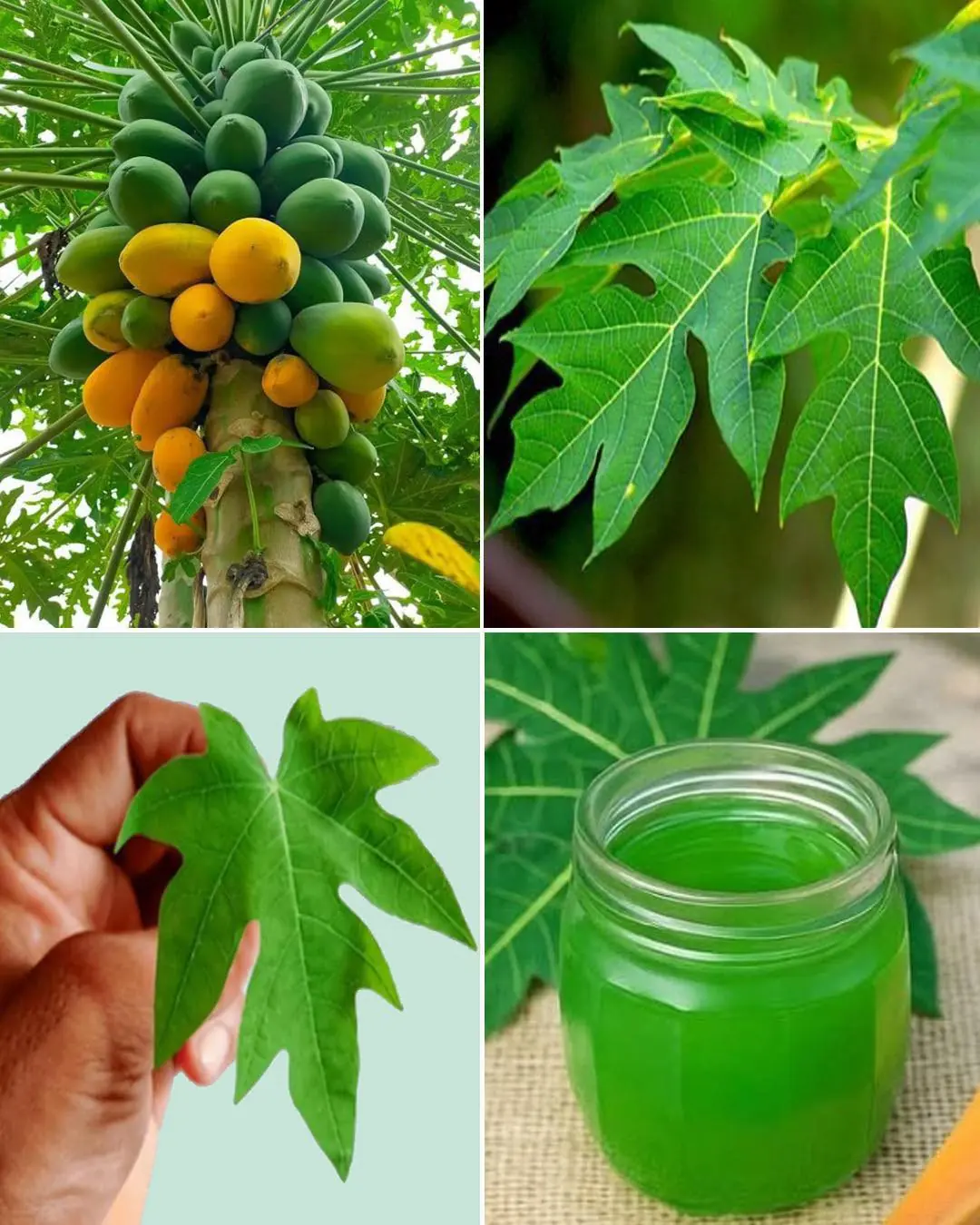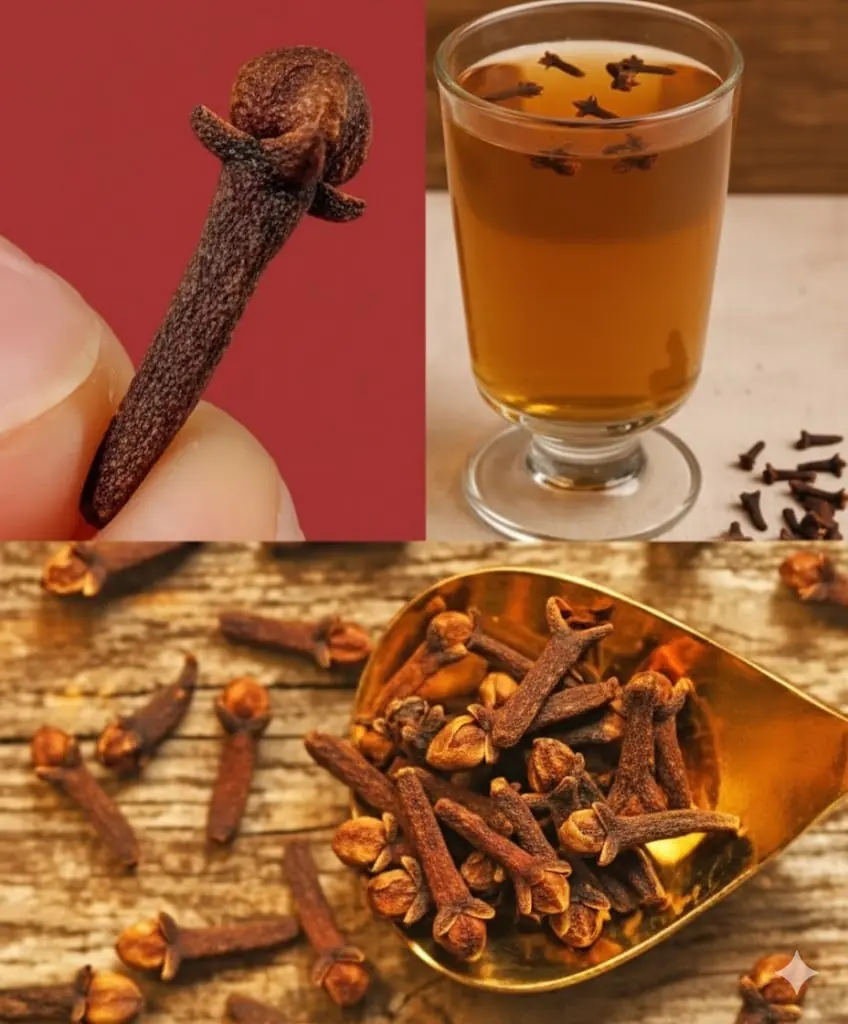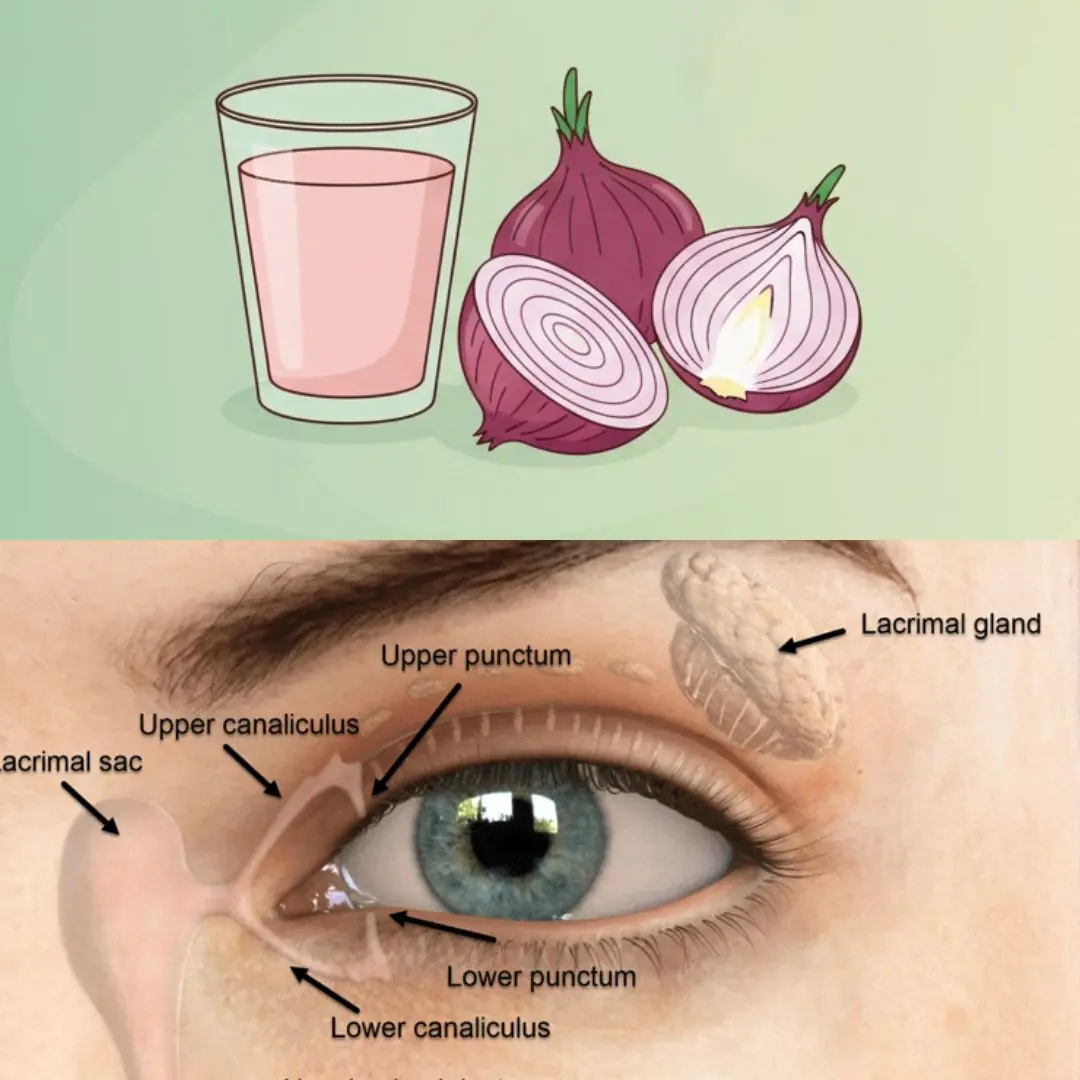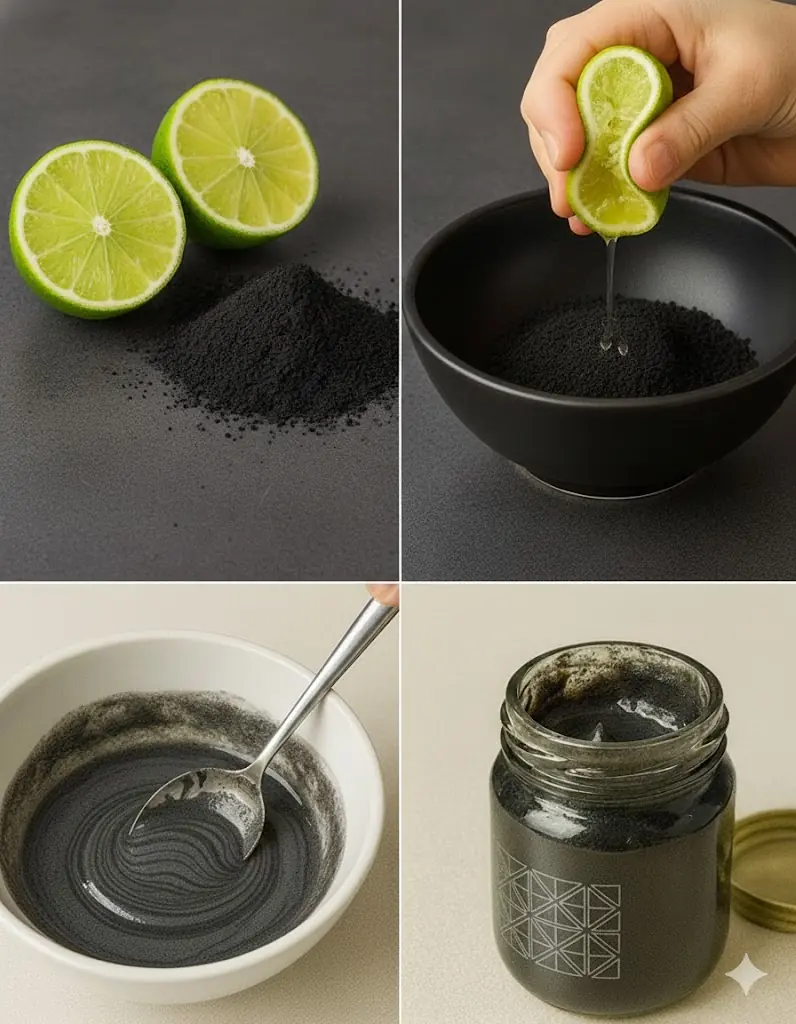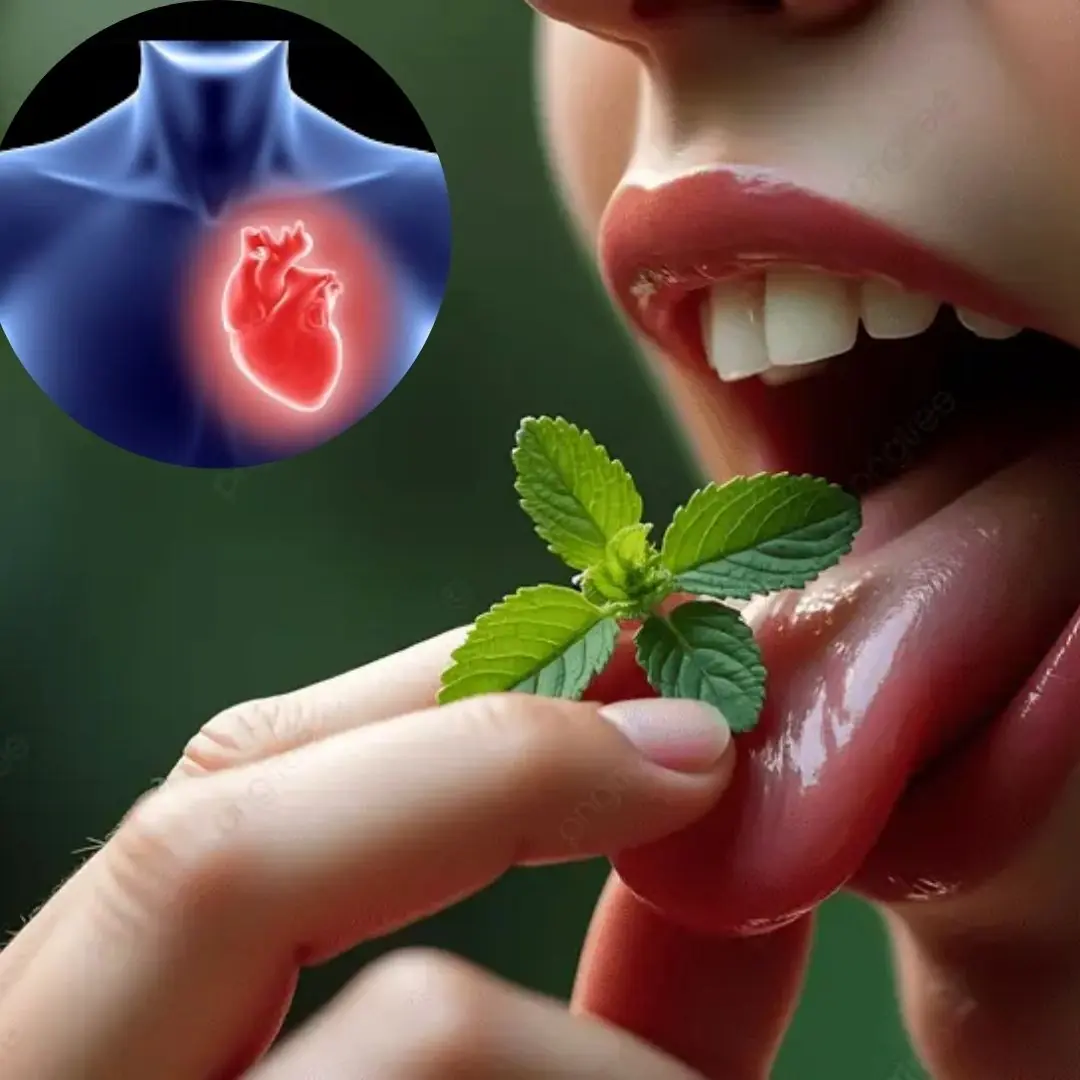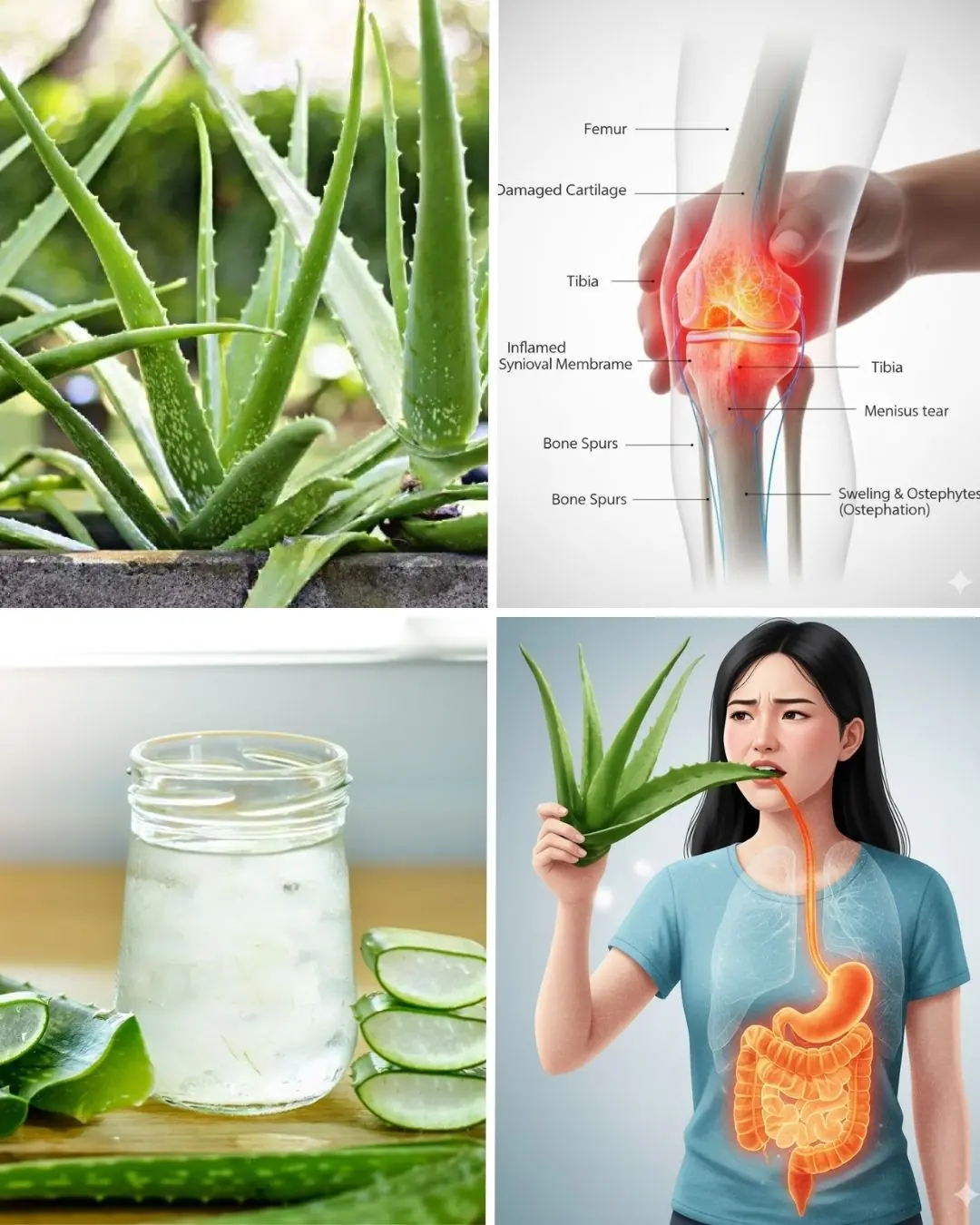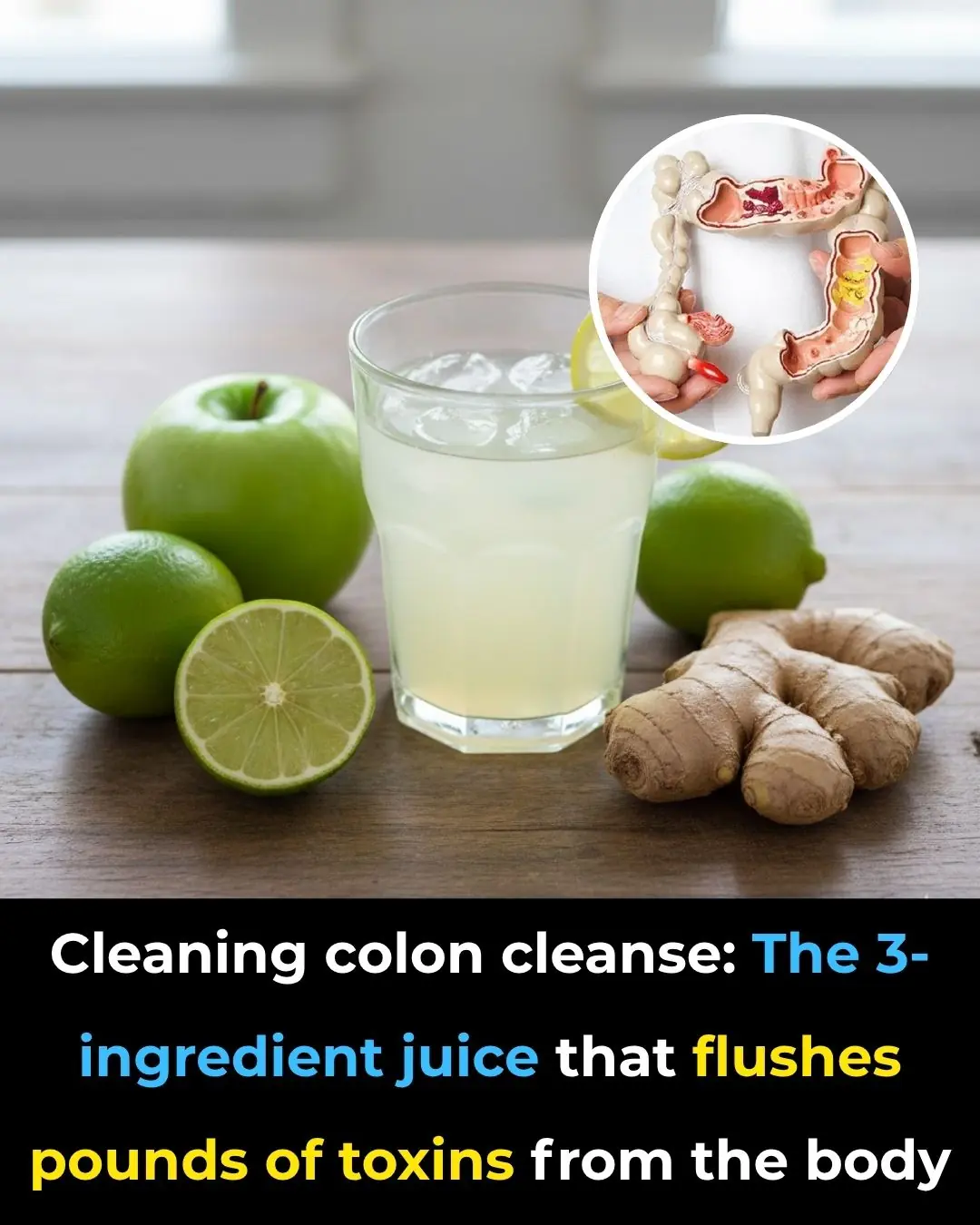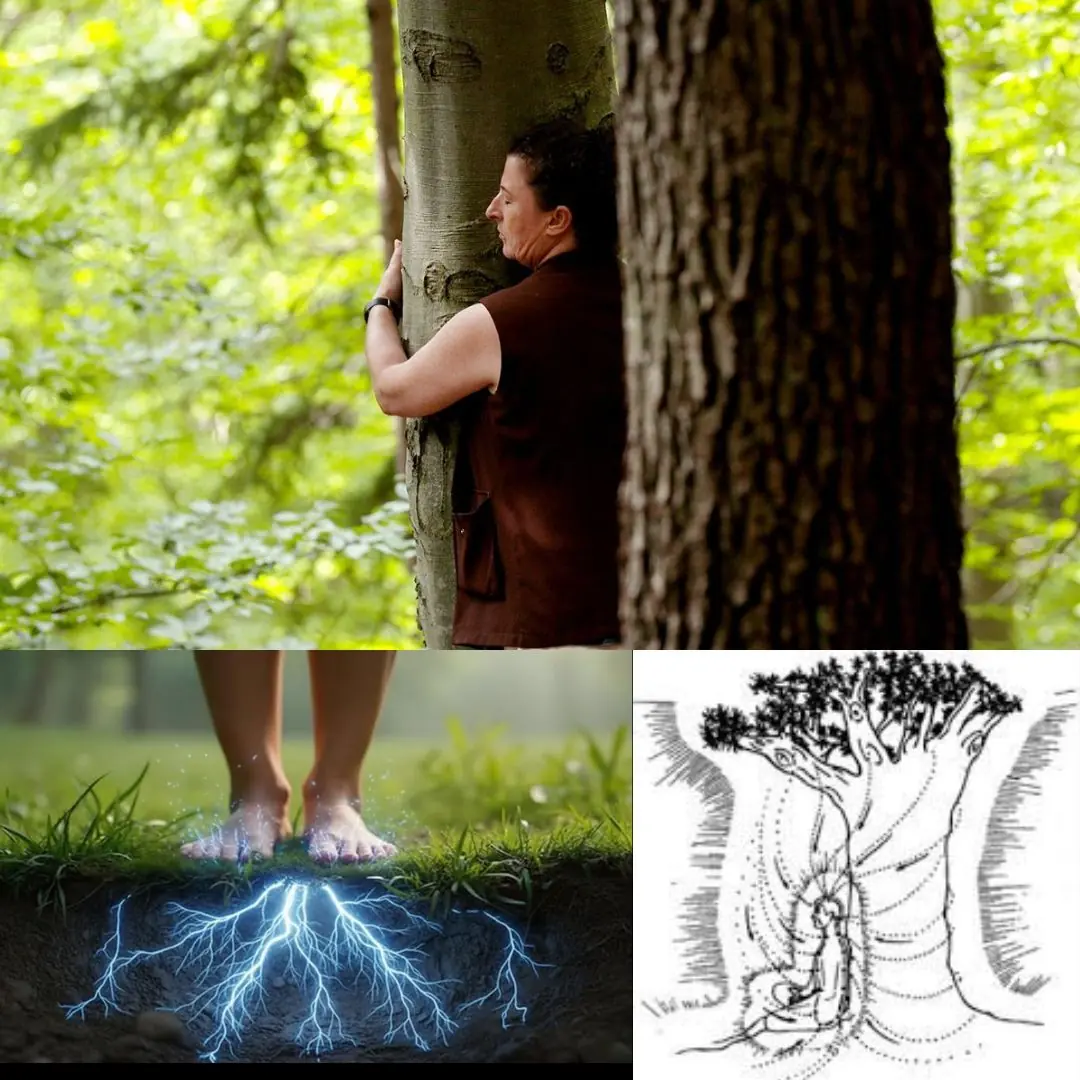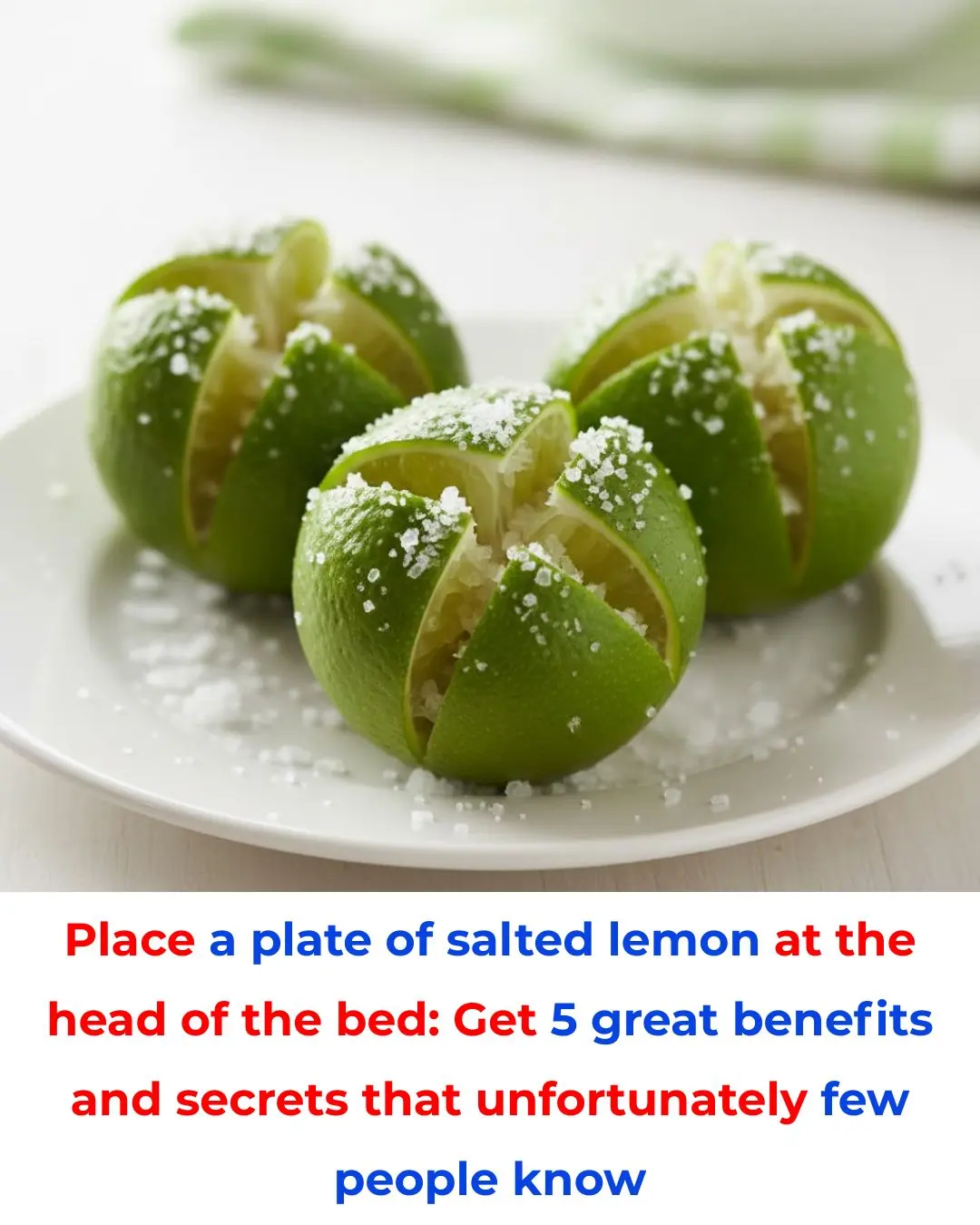Kyllinga brevifolia, also known as green kyllinga or shortleaf spikesedge, is a hardy, grass-like plant from the sedge family. Known for its adaptability, it thrives in tropical and subtropical climates and has traditionally been used in herbal medicine for its various health benefits. This plant is gaining recognition for its unique therapeutic properties, and here, we’ll explore some of the potential benefits and how you can include Kyllinga brevifolia in your daily wellness routine.
Health Benefits of Kyllinga brevifolia
Anti-inflammatory Properties
Kyllinga brevifolia contains compounds that have anti-inflammatory effects, making it a valuable option for reducing inflammation. This plant is especially helpful for conditions related to inflammation, including arthritis, joint pain, and various skin inflammations. Its ability to reduce inflammation can be beneficial for improving mobility and relieving discomfort caused by swollen or inflamed areas.
Antimicrobial Activity
Research has shown that Kyllinga brevifolia possesses antibacterial and antifungal properties. These qualities make it effective in fighting bacterial infections and may also assist in treating skin conditions caused by bacterial or fungal infections. Incorporating this plant into your routine can help maintain skin health and prevent the spread of harmful microbes.
Digestive Health Support
Kyllinga brevifolia has a long history of use in traditional medicine for alleviating digestive problems such as stomach upset, indigestion, and excessive gas. Regular consumption of this plant may improve overall digestive health, helping to soothe gastrointestinal discomfort and support a healthy gut. By reducing bloating and discomfort, it can promote a more comfortable and efficient digestive system.
Pain Relief
One of the most well-known benefits of Kyllinga brevifolia is its natural pain-relieving properties. This plant has been used traditionally to ease pain associated with muscle soreness, headaches, and other physical ailments. The analgesic compounds in Kyllinga brevifolia work to alleviate pain and provide comfort, making it a great natural remedy for managing mild to moderate pain without resorting to synthetic medications.
Antioxidant Properties
Kyllinga brevifolia is rich in antioxidants, which help protect the body from the damaging effects of oxidative stress. Free radicals in the body can lead to cell damage, contributing to aging and chronic diseases. The antioxidants in this plant help neutralize these harmful particles, supporting overall health and potentially preventing conditions like heart disease and cancer. Regular use of Kyllinga brevifolia can slow down the aging process by protecting cells from damage.
Potential Diuretic Effect
Kyllinga brevifolia is thought to have a mild diuretic effect, which can help increase urine production and assist in flushing out toxins from the body. This diuretic effect can benefit kidney health and support the body in detoxification processes. It may also help reduce water retention, which is common in conditions like bloating or high blood pressure.
Respiratory Health Support
In traditional medicine, Kyllinga brevifolia has been used to treat respiratory issues, including coughs, colds, and asthma. The plant helps to soothe the respiratory tract, reducing irritation and easing breathing. Its calming effect can relieve the symptoms associated with upper respiratory tract infections, making it a useful tool in maintaining respiratory health.
How to Use Kyllinga brevifolia
1. Herbal Tea
Ingredients: Fresh or dried Kyllinga brevifolia leaves or roots
Instructions:
-
Boil a cup of water and add a teaspoon of dried leaves or a small handful of fresh leaves/roots.
-
Let it simmer for 10-15 minutes, then strain and drink.
Benefits: Drinking Kyllinga tea regularly may support digestive health, reduce inflammation, and alleviate respiratory problems.
2. Topical Application for Skin Health
Preparation: Make a paste by grinding fresh leaves with a little water.
Application: Apply the paste directly to the affected area for skin infections, rashes, or inflammation.
Benefits: This treatment can help reduce skin irritation, swelling, and bacterial or fungal infections.
3. Poultice for Pain Relief
Preparation: Warm fresh Kyllinga leaves and crush them to create a poultice.
Application: Place the poultice on sore muscles or joints to relieve pain and reduce inflammation.
Benefits: Provides natural pain relief and soothes sore areas.
4. Decoction for Respiratory Health
Ingredients: Fresh or dried Kyllinga roots
Instructions:
-
Boil the roots in water for about 20 minutes.
-
Strain and drink the decoction.
Benefits: This decoction can soothe the throat and relieve coughing, making it helpful for respiratory issues.
5. Powdered Supplement
Kyllinga brevifolia can be dried and ground into a fine powder. This powder can be taken in small doses, mixed with water, honey, or other herbs.
Benefits: The powdered form may support digestive health, reduce inflammation, and boost overall immunity.
Precautions
-
Moderation: As with all herbs, Kyllinga brevifolia should be used in moderation to avoid any adverse effects.
-
Consultation: Always consult a healthcare provider before using Kyllinga brevifolia, particularly if you are pregnant, breastfeeding, or taking medications.
-
Allergic Reactions: When applying topically, always perform a patch test first to ensure that you do not have an allergic reaction.
Conclusion
Kyllinga brevifolia is a versatile medicinal plant with a variety of health benefits, particularly in the areas of inflammation, pain relief, skin health, and respiratory support. Whether consumed as tea, applied topically as a poultice, or used in other forms, this plant can be easily incorporated into a daily wellness routine. As with any natural remedy, it's important to use it responsibly and consult with a healthcare professional if you have any health concerns. By adding Kyllinga brevifolia to your wellness routine, you may enjoy its numerous health benefits and contribute to your overall well-being.

